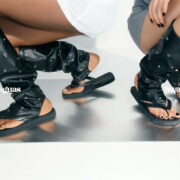Pickleball injuries and what’s causing them
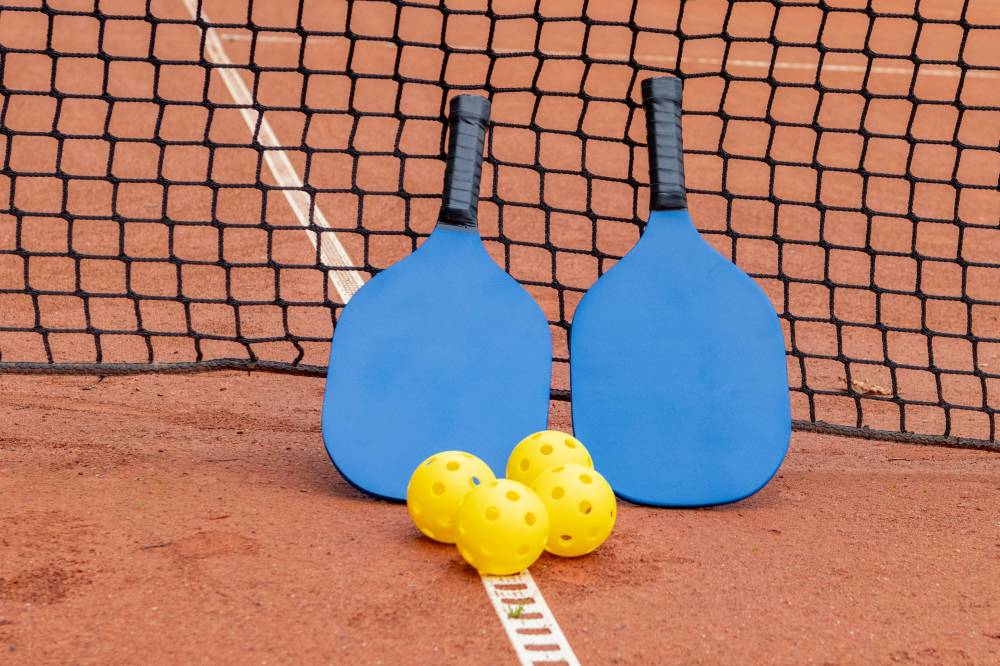
Coming out seemingly out of nowhere and coinciding with the running craze, pickleball quickly became a must-try recreational activity. With low barriers to entry, from a low skill floor to a minimal physical requirement, pickleball established itself as both entertaining and accessible, for all ages, body types, and athletic ability—from the thrill-seeking young professional to the active senior citizen.
And we’re not just talking about its massive popularity in the West. Just in the Philippines alone, there are currently 783 official pickleball courts, according to the Philippine Pickleball Federation (PPF).
But as with any physical activity, injuries are expected—though surprisingly, even for a sport geared toward the less physically able.
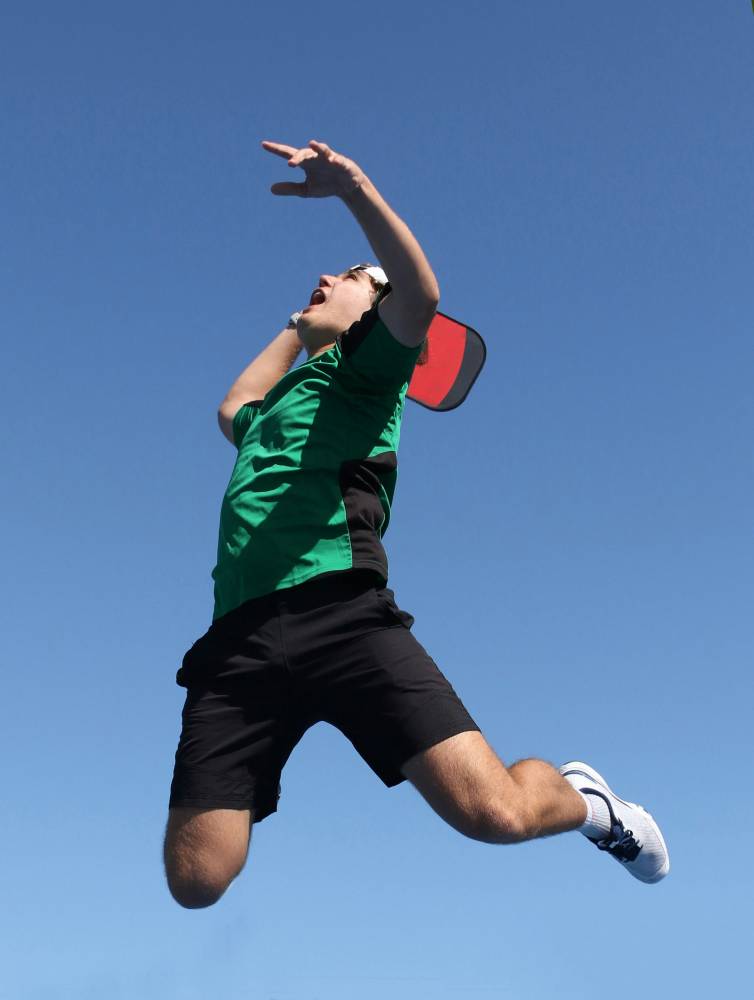
Keeping your eyes peeled
A fast-moving ball, regardless of size or material, will hurt when flung or batted toward you. When being hit by a rubber tennis ball already hurts, all the more for a rigid plastic pickleball—even if the sport is inherently less physically demanding.
In a study published in JAMA Ophthalmology, there have been around 3,122 cases of pickleball-caused eye injuries nationwide, with 88 percent occurring from 2022 to 2024. The research also identified that the injuries ranged from mild cuts and bruises around the eyes to severe injuries such as retinal detachments and fractures.
More than 70 percent of the identified cases were reported to have occurred in players 50 years and older.
The study attributes the rise in cases to the lack of mandated eye protection for casual and professional play for a so-called casual sport that’s only gaining even more worldwide appeal.
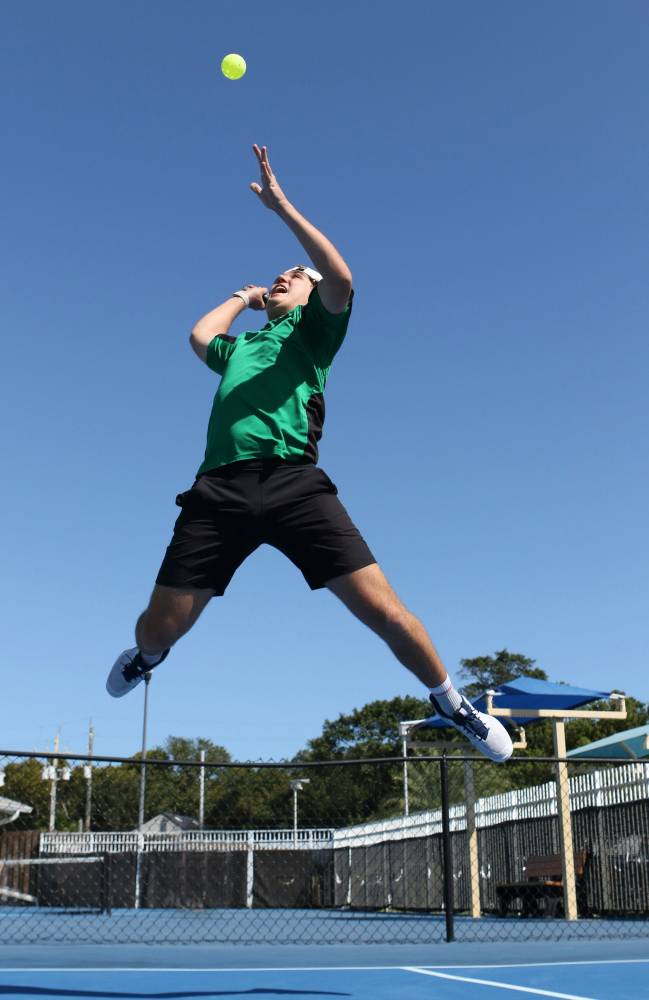
Projectile inbound
In another study for the Orthopaedic Journal of Sports Medicine, there were an estimated 66,350 pickleball-related injury cases between January 2013 and December 2022—most injuries occurred in those aged 65 and older.
However, while this can be attributed to their weaker physical condition—hence an increased likelihood for injury—pickleball has no favorites and can affect anyone equally.
The study showed that while fractures and head injuries among pickleball players aged between 65 and 80 were the most common kind of injury, younger players between 18 and 34 were more likely to sustain an ankle sprain.
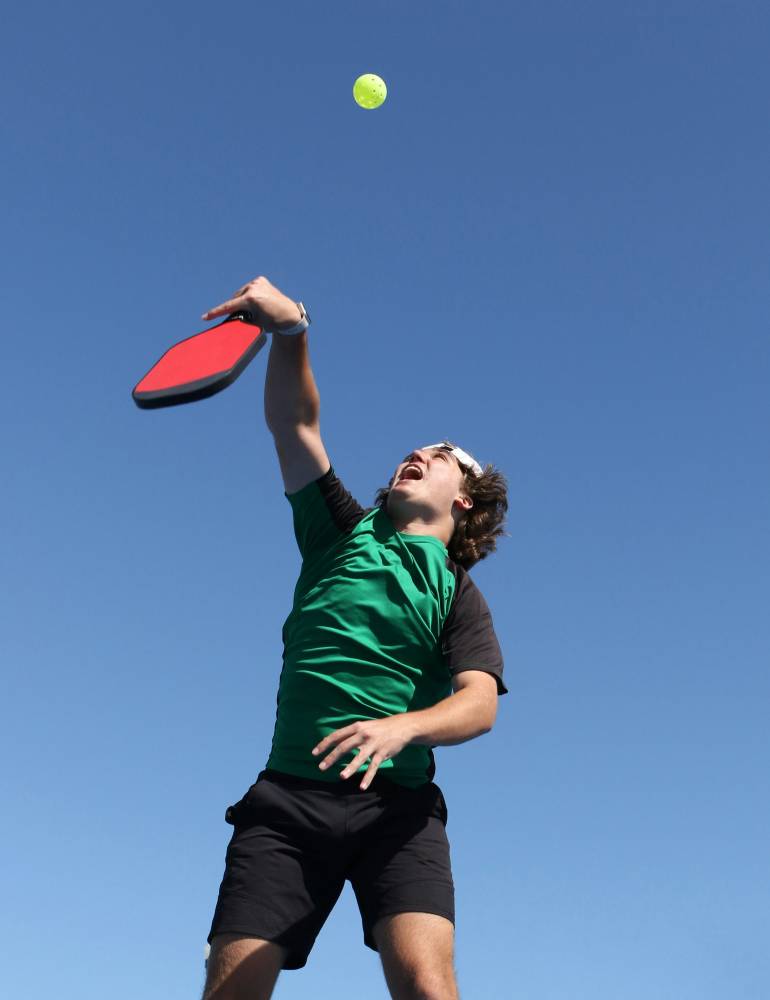
Protection, no matter how easy it looks
Part of pickleball’s mass appeal is how casual it is. Call it badminton without the stress or tennis without the tens of hours of practice—pickleball has emerged as a low barrier recreational activity where you can get your daily dose of exercise without figuratively breaking a sweat.
But viewing a sport as any less physically demanding than another automatically lends itself to a greater risk of injury. After all, why should you wear protective gear when pickleball is fun and easy? Why should you be cautious when it’s a sport recommended for senior citizens?
Anything that can happen will happen, and that also applies to pickleball. And if you do sustain an eye or ankle injury from playing, would you rather have to explain that it happened from a game of pickleball? If not, then you’d better consider wearing goggles and ankle supports next time.

